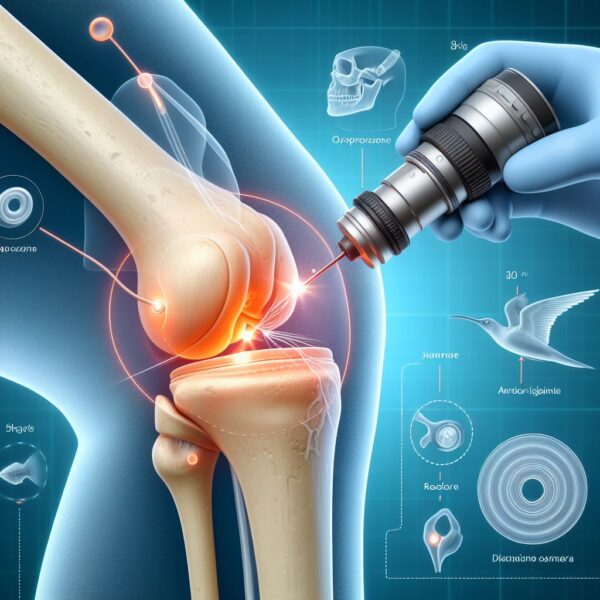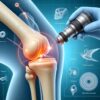

From: 100.00$
The Iran Health Clinic is a reputable medical center that specializes in providing advanced fat transfer treatment to its patients. With a team of experienced doctors who have been trained in the latest fat transfer techniques, the clinic is committed to delivering high-quality care that is tailored to meet the unique needs of each patient.
Using state-of-the-art technology and equipment, the clinic can perform fat transfer procedures that are safe, effective, and minimally invasive. Whether you are looking to restore volume to your face, increase the size of your breasts, or enhance your buttocks, the Iran Health Clinic can help you achieve your desired results.
With a warm and welcoming environment, the clinic strives to make every patient feel comfortable and relaxed throughout their entire treatment process. If you are looking for a trusted medical center for your fat transfer needs, then the Iran Health Clinic is the right choice for you.
Familiarity with Treatment:
Orthopedic arthroscopy is a minimally invasive surgical procedure used by orthopedic surgeons to visualize, diagnose, and treat problems inside a joint. The term “arthroscopy” is derived from two Greek words, “arthro” (joint) and “skopein” (to look), which together mean “to look within the joint.”
During an arthroscopic examination, the surgeon makes a small incision in the patient’s skin and inserts pencil-sized instruments. These instruments contain a small lens and lighting system that magnify and illuminate the structures inside the joint. Light is transmitted through fiber optics to the end of the arthroscope, which is inserted into the joint.
Arthroscopy is often recommended for patients experiencing joint pain, swelling, or stiffness that doesn’t improve with non-surgical treatments such as physical therapy or medications. It can be used to diagnose and treat a variety of conditions, including torn ligaments or cartilage, inflamed joint linings, carpal tunnel syndrome, and loose bone or cartilage fragments. However, arthroscopy may not be suitable for patients with severe joint damage from arthritis, as the procedure may not be able to fully treat the condition. It may also not be suitable for patients with certain health conditions that could increase the risk of complications from surgery.
Arthroscopy is less invasive than traditional open surgery, which typically results in less pain, less joint stiffness, and shorter recovery times. It also allows the surgeon to directly visualize the joint, which can facilitate the diagnosis and treatment of problems.
While arthroscopy generally has a low risk of complications, they can occur. These can include infection, blood clots, damage to the nerves or blood vessels around the joint, and complications from anesthesia. There’s also a small risk that the procedure won’t relieve the symptoms or could make them worse.
Before arthroscopy, patients may need to undergo a physical examination and other tests to ensure they’re healthy enough for surgery. They may also need to stop taking certain medications and fast for a certain period before the procedure.
After arthroscopy, patients will typically need to rest and elevate the joint for a few days. They may also need to wear a brace or use crutches, and they’ll likely need to do physical therapy exercises to help restore strength and mobility to the joint. They’ll also have follow-up appointments with their surgeon to monitor their recovery.
Only logged in customers who have purchased this product may leave a review.
Familiarity with Treatment:
Orthopedic arthroscopy is a minimally invasive surgical procedure used by orthopedic surgeons to visualize, diagnose, and treat problems inside a joint. The term “arthroscopy” is derived from two Greek words, “arthro” (joint) and “skopein” (to look), which together mean “to look within the joint.”
During an arthroscopic examination, the surgeon makes a small incision in the patient’s skin and inserts pencil-sized instruments. These instruments contain a small lens and lighting system that magnify and illuminate the structures inside the joint. Light is transmitted through fiber optics to the end of the arthroscope, which is inserted into the joint.
Arthroscopy is often recommended for patients experiencing joint pain, swelling, or stiffness that doesn’t improve with non-surgical treatments such as physical therapy or medications. It can be used to diagnose and treat a variety of conditions, including torn ligaments or cartilage, inflamed joint linings, carpal tunnel syndrome, and loose bone or cartilage fragments. However, arthroscopy may not be suitable for patients with severe joint damage from arthritis, as the procedure may not be able to fully treat the condition. It may also not be suitable for patients with certain health conditions that could increase the risk of complications from surgery.
Arthroscopy is less invasive than traditional open surgery, which typically results in less pain, less joint stiffness, and shorter recovery times. It also allows the surgeon to directly visualize the joint, which can facilitate the diagnosis and treatment of problems.
While arthroscopy generally has a low risk of complications, they can occur. These can include infection, blood clots, damage to the nerves or blood vessels around the joint, and complications from anesthesia. There’s also a small risk that the procedure won’t relieve the symptoms or could make them worse.
Before arthroscopy, patients may need to undergo a physical examination and other tests to ensure they’re healthy enough for surgery. They may also need to stop taking certain medications and fast for a certain period before the procedure.
After arthroscopy, patients will typically need to rest and elevate the joint for a few days. They may also need to wear a brace or use crutches, and they’ll likely need to do physical therapy exercises to help restore strength and mobility to the joint. They’ll also have follow-up appointments with their surgeon to monitor their recovery.
There are no reviews yet.
Only logged in customers who have purchased this product may leave a review.
Choosing the right hospital and physician are important factors to consider that significantly influence a patient’s treatment. The preferred choice for many patients is choosing private care.
Choosing the right hospital and physician are important factors to consider that significantly influence a patient’s treatment.
Reviews
There are no reviews yet.